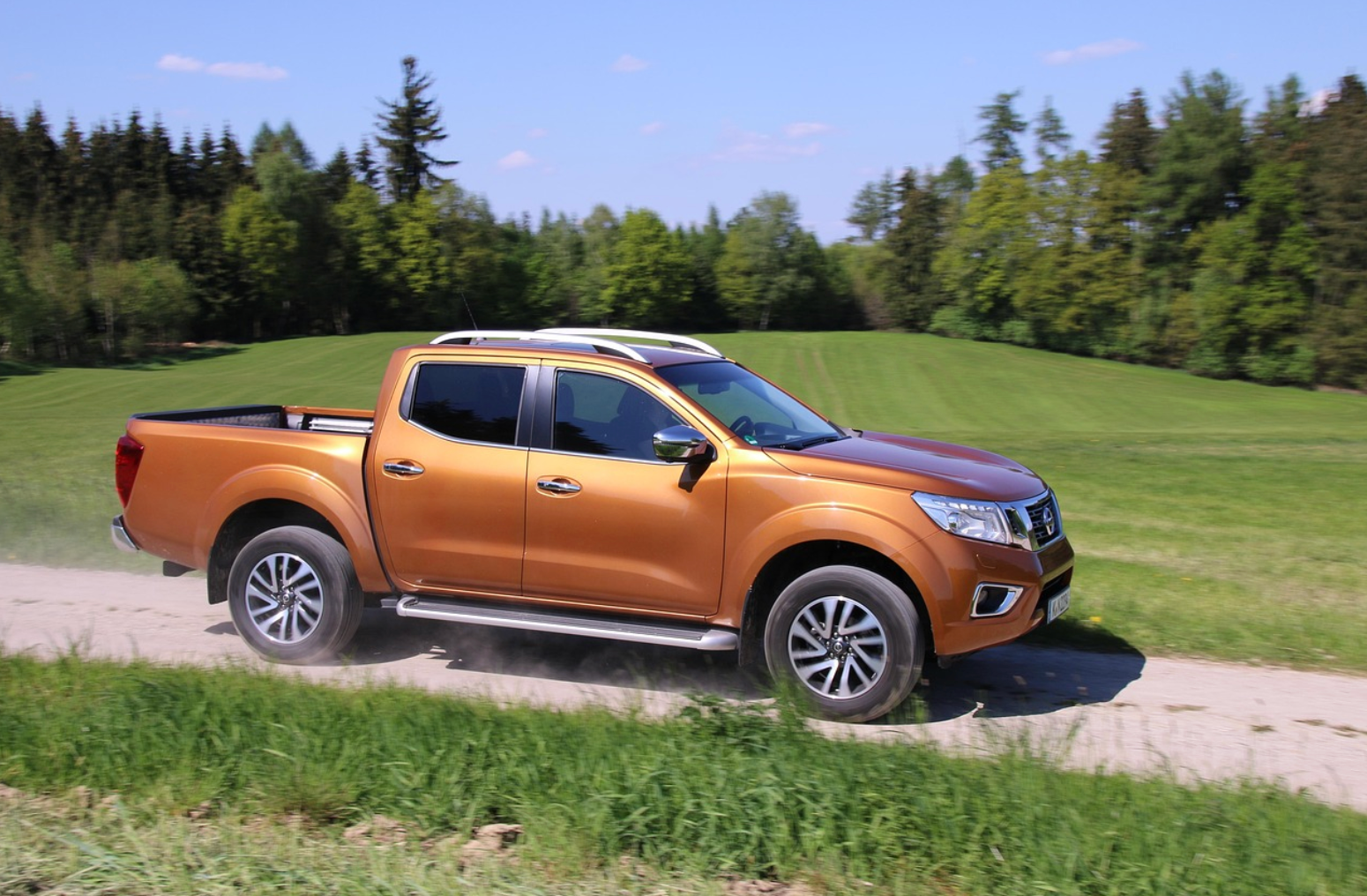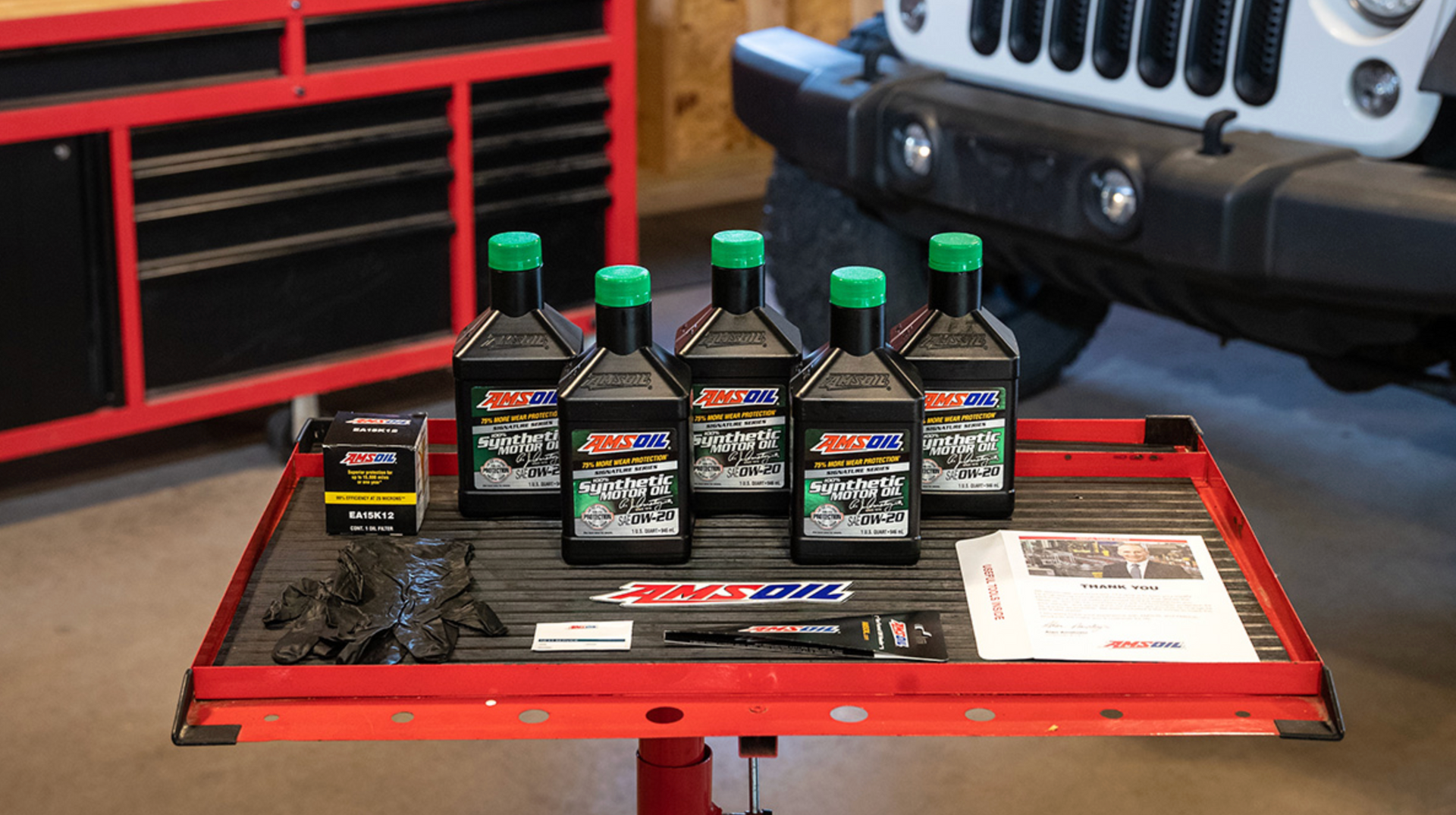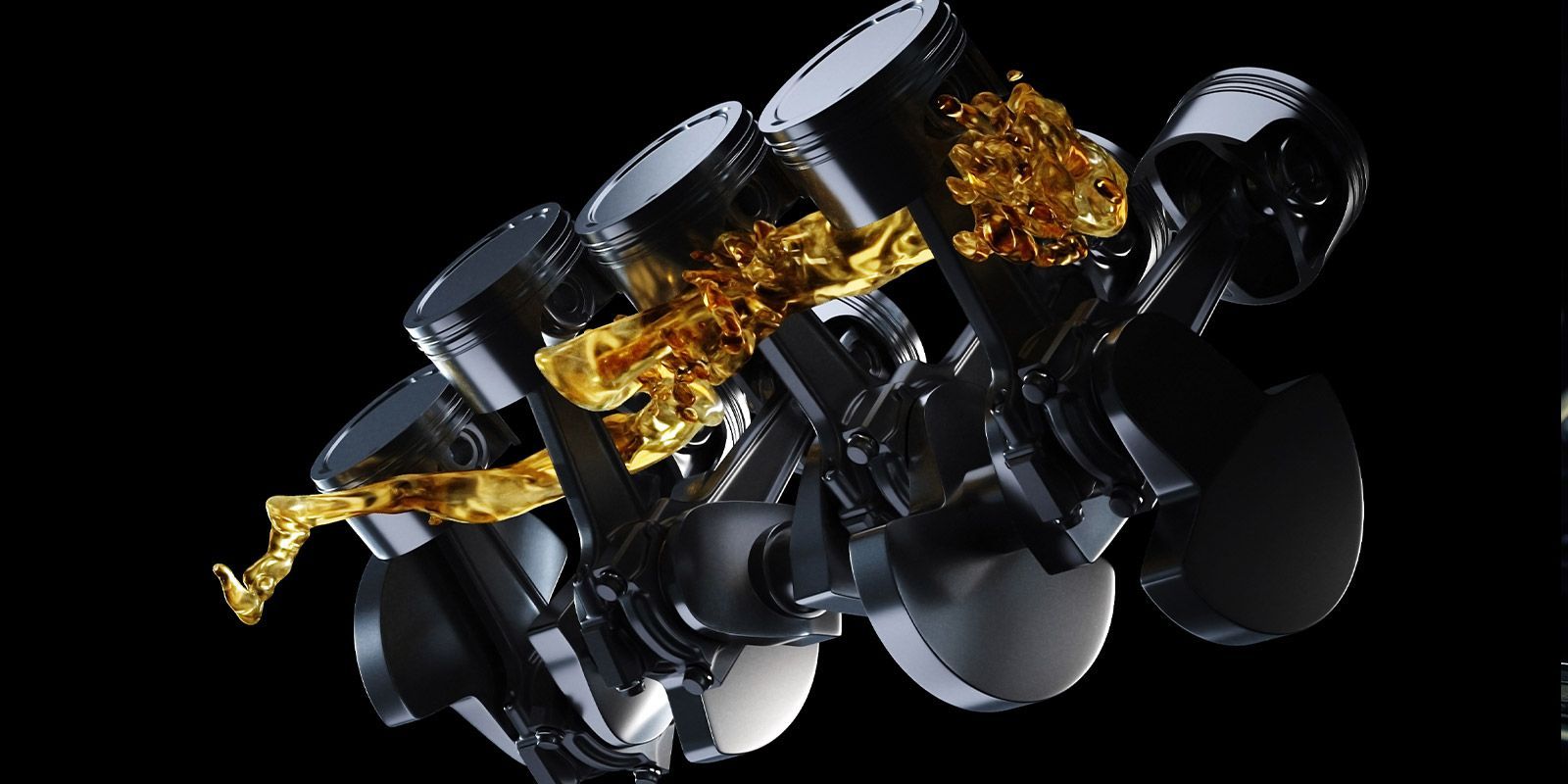By 7042705352
•
June 6, 2025
Every rider wants their motorcycle to deliver the same thrill and performance ride after ride, time after time. Unfortunately, eventually every bike starts to feel a bit sluggish or not as responsive as it once was. Often, the culprits of these slowdowns aren’t major mechanical failures, but smaller maintenance issues that get overlooked. Below, we’ll explore five hidden reasons your motorcycle’s performance may be declining, along with real-world tips to diagnose and fix each issue. Keeping on top of these will help ensure your bike runs smoothly every time you go out to ride. 1. Dirty or Clogged Air Filter A motorcycle’s engine needs a steady flow of clean air for efficient combustion. If your air filter is clogged with dust, dirt, or pollen, it chokes the engine by restricting airflow. The result is a richer fuel mixture (too much fuel, not enough air) that causes incomplete combustion. You’ll likely experience symptoms such as loss of power, sluggish acceleration, poor fuel economy, or rough idling when the filter is dirty. Inspect your air filter regularly, especially if you often ride in dusty or dirty conditions. Most motorcycles make this easy, the filter is usually accessible under the seat or tank. If the filter looks visibly dirty (paper filters will appear dark and dusty, foam filters caked with debris), it’s time to clean or replace it. As a rule of thumb, many riders clean or change their air filter about 1-2 times per year, but always follow your bike manufacturer’s recommendations. 2. Worn or Fouled Spark Plugs Spark plugs might be small, but they play a colossal role in engine performance. These plugs ignite the air-fuel mixture in the cylinder, and if they’re worn out or fouled (covered in carbon, oil, or fuel deposits), the ignition spark weakens or misfires. A bad plug can lead to incomplete combustion in one or more cylinders, resulting in a noticeable drop in power and acceleration. In fact, a worn-out spark plug can cause sluggish throttle response, reduced power output, rough idling, and even misfires. To check your spark plugs, remove them using the proper socket (ensure the engine is cool first). Examine the electrodes: a healthy plug will have a light brown or grayish tan deposit. If you see heavy black carbon fouling (dry soot) or oily deposits, that plug isn’t firing optimally. Also, check the plug gap and tip wear; an excessively wide gap or eroded tip can weaken the spark. Cleaning fouled plugs can be a temporary fix (using a wire brush or spark plug cleaner), but the best solution is to replace them. Spark plugs are relatively inexpensive, and new plugs can make a dramatic difference in engine smoothness and power. Riders with high-performance bikes or who frequently ride hard should consider inspecting plugs more often (every few thousand miles). When installing new plugs, always use the correct type and gap specified by the manufacturer. 3. Improper Chain Tension or Maintenance The final drive chain is the crucial link between your engine and the rear wheel – if it’s not in good shape, your bike’s performance (and safety) can suffer. An improperly tensioned chain (either too loose or too tight) can subtly rob power and make your motorcycle feel less responsive. A loose chain will slap around, causing jerky acceleration and even momentary power loss as it takes up slack. In worst cases, it could jump off the sprocket, which is dangerous and can damage the engine casings. On the other hand, a chain that’s over-tightened causes excess friction and stress on the drivetrain; this not only saps engine power but can also impede your rear suspension’s movement and accelerate wear on sprocket bearings. Additionally, a dry or rusty chain that hasn’t been lubricated creates extra drag. The engine works harder to turn it, which can make acceleration feel labored. Signs & Solutions You should check your chain slack periodically (many riders do this every few fuel refills or every couple of weeks). Find the manufacturer’s recommended chain slack (often listed on a sticker on the swingarm or in the owner’s manual). With the bike on a stand or held upright, spin the rear wheel and find the chain’s tightest point; press up on the chain mid-way between the sprockets – it should have the specified amount of vertical movement (typically around 0.75–1.25 inches, or 20–30 mm, but varies by bike). If it’s outside that range, an adjustment is needed. Use the adjusters on the swingarm to achieve proper tension, making small, even tweaks on each side and re-checking slack. While adjusting, also inspect and lubricate the chain. A well-lubed chain not only lasts longer but also runs quieter and more efficiently. 4. Outdated or Low-Quality Engine Oil Engine oil isn’t just a “lubricant” in your motorcycle, it’s also responsible for cooling, sealing, and cleaning internal components. If you’ve been running on old, broken-down oil, your engine’s performance can decline over time. Worn-out oil loses viscosity and its ability to reduce friction. This means more metal-on-metal contact inside the engine, which can make your bike feel sluggish and hotter than normal due to increased friction. Moreover, oil that’s past its prime can form sludge and deposits in the engine. These harmful deposits coat parts and narrow oil passages, impeding performance. In fact, as engine deposits build up, they can “lead to loss of performance” by preventing the efficient operation of moving parts. You might notice slower revving, reduced peak power, or noisier engine operation when the oil is overdue for a change. Check your oil level and condition via the dipstick or sight glass. Healthy oil is typically golden or light brown (for fresh oil); as it ages, it turns dark brown or black and may smell burnt. If your oil is very dark, gritty, or over a year old, it’s likely hurting performance. The fix is straightforward: change the oil and oil filter. Always use the oil grade recommended by your manufacturer (e.g., 10W-40, 20W-50, etc.), and opt for a high-quality oil (premium synthetic oils tend to maintain their protective qualities longer under hard use), such as AMSOIL . 5. Old or Moisture-Contaminated Brake Fluid While brake fluid might not seem related to “engine performance,” it dramatically affects your riding performance, you can’t go fast if you can’t stop confidently. Brake fluid is hygroscopic, meaning it absorbs water from the air over time. As the fluid ages or picks up moisture, two things happen: First, its boiling point drops. Under hard braking (say, coming down a mountain or braking repeatedly on a track day), the brakes generate intense heat. Fresh brake fluid can handle this heat, but stale, wet fluid may boil in the brake lines, turning into compressible gas. This leads to a spongy brake lever and a severe loss of braking power (a condition known as brake fade). In a panic stop, this could mean the difference between a quick stop and overshooting your mark. Second, moisture causes corrosion inside the brake system. Water in the fluid can rust the master cylinder, calipers, and brake lines from within, or gunk them up with sediments. This not only harms expensive components but can also make the brake action inconsistent. Diagnosis & Fix Inspect the brake fluid in the master cylinder reservoir (usually a small transparent or translucent container near your handlebars for the front brake, and near the foot pedal for the rear). Look at the fluid color, new brake fluid is clear or light amber. If yours is murky brown or almost black, it’s well past time to change it. Another sign is if your brake lever or pedal feels soft or “sinks” when held, that could indicate moisture-induced fade or air bubbles from boiling. The cure is to flush and bleed the brake system with fresh fluid. Brake fluid should typically be replaced every 2 years (or as specified in your manual), regardless of mileage, because it naturally absorbs moisture from the atmosphere. This is a bit more involved than an oil change, because you need to bleed the brakes to remove all air. If you’re mechanically inclined, you can do it with a clear tube and wrench (always use the correct DOT rating fluid). Otherwise, a shop can perform a brake service for you. Once replaced, you’ll immediately notice a firmer, more responsive brake feel. Keeping fresh, moisture-free brake fluid in your bike ensures you have consistent stopping power, an often overlooked aspect of overall performance confidence. Enjoy Your Ride Don’t let these “hidden” issues sap the joy from your riding. A motorcycle that isn’t performing like it used to may just be crying out for a bit of TLC in these areas. By regularly checking and maintaining your air filter, spark plugs, chain, engine oil, brake fluid, and fuel system, you’ll ensure your bike stays in top form. The devil is in the details with performance: a $10 filter or a simple fluid change can often make as much difference as expensive performance upgrades. Not to mention, picking the correct synthetic motorcycle oil, such as AMSOIL . Stay proactive with maintenance, and both you and your motorcycle will continue to enjoy the performance you remember.
















Share On: